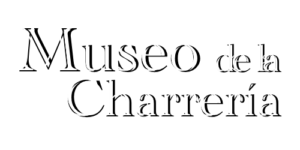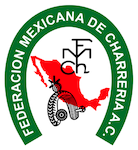17th CENTURY
Evolution of Charrería Throughout Mexican History
In 1609, the viceroys had to definitively authorize the use of the horse with saddle, bridle and spurs to the mestizos, for the work of the large cattle ranches.
In the 17th century, Mexico already had an extensive network of cobblestone roads. Cars, people on horseback and endless lines of mule trains circulated, whipped and whistled by the muleteers, carrying all kinds of merchandise. Annually, these were deposited by the Nao de China in Acapulco, as well as the production of the mines, which were protected by the rope guards, young, strong, well dressed and armed Indians and mestizos.
The characteristic of luxury was associated with the charro costume, thanks to the heritage of the pre-Columbian goldsmiths manifested in the silver ornaments added to their suits and harnesses.
The hacienda was the production unit developed in the 17th century that characterized the economic life of New Spain. It was here where the mestizos became expert cowboys and caporales, whose routine tasks were enhanced in the field by the diversity of maneuvers in which skill and daring prevailed, which took on very unique modalities, from lassoing, following bulls, taming and horsemanship.



